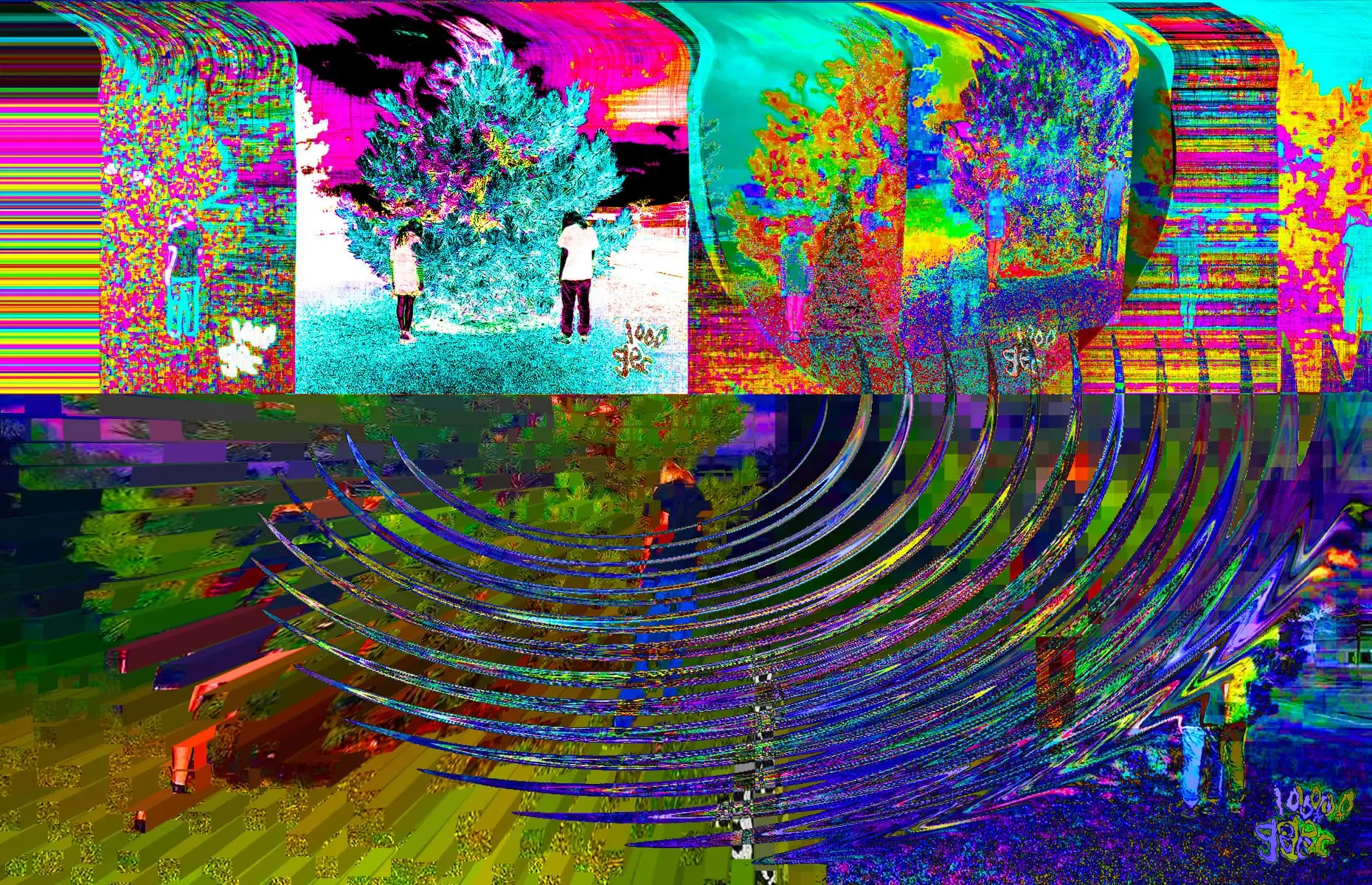
How To Create Hyperpop Images
Hyperpop art is a zestful combination of digital technology, internet culture, and artistic presentation. Fundamentally, it symbolizes divergence from traditional artistic notions, taking up the infinite prospects accessible within contemporary digital tools and platforms. For image manipulation, the hyperpop approach uses programs like Adobe Photoshop and specific manipulation techniques to aid in the manipulation of images and sketches while shifting away from conventional realism. One distinctive characteristic of hyperpop art is the use of bold and high-spirited color palettes. Mostly passionate and neon-like shades are added, potentially stimulating the viewer’s senses and arousing engagement. Moreover, besides color traits, hyperpop art also involves amplifying the saturation and contrast within images, thus adding to the vitality and enthusiasm of the subjects in the visual setting of the illustrations. The intentional distortions, such as glitches and the inclusion of surreal elements, further add to the pulsation derived from the visual charisma of hyperpop artworks. This blog will go through the phases involved in creating hyperpop art out of common shots, thus enhancing their visual status.
Step 1: Base Image Selection
Start by selecting a photo or illustration as the base for your hyperpop art. Explore for images that have dynamic colors, energetic compositions, or inquisitive visual components that can be improved or manipulated to fit the hyperpop aesthetic.
Check the composition of the photograph, analyzing the placement of objects, the framing, and the overall harmony. A solid composition will enhance your hyperpop work of art and give a strong foundation for additional alters.
Evaluate the visual effect of the image and recognize any areas that might be moved forward or emphasized to make the ultimate work of art more compelling. Seek for openings to upgrade colors, contrast, and details to make a striking and eye-catching result.
Consider the technical achievability of editing the image to get the required hyperpop style. Be sure that the image is high-resolution sufficient to resist extensive editing and modifications without losing quality.
Select a picture that resounds and is adjustable to fit your creative vision. Whether it’s a photo you took yourself or an illustration that rouses you.
Step 2: Color And Contrast Setting
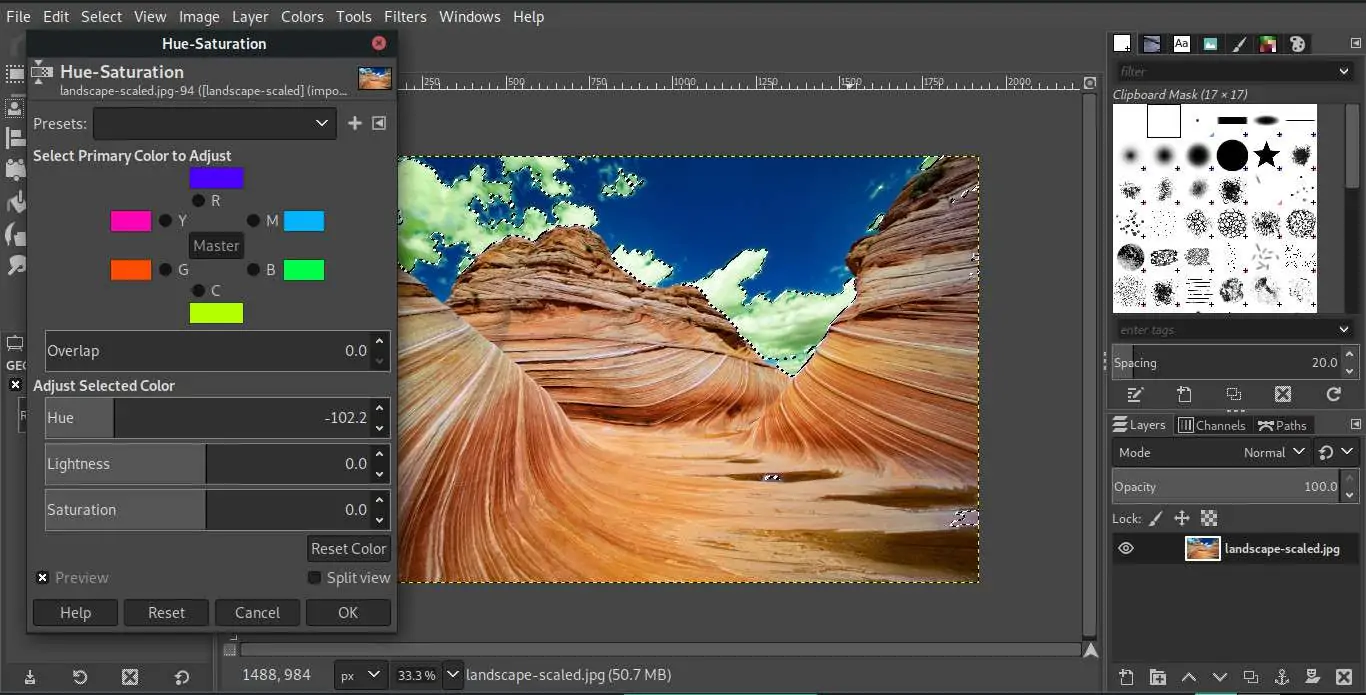
Utilize image editing programs like Adobe Photoshop to extend the saturation of colors within the picture. Increase saturation to make the colors more dynamic and intense, a characteristic of hyperpop visuals.
Set the contrast levels to make the colors and details within the image stand out more. Increasing contrast can help make an energetic and visually striking composition, drawing focus to key components inside the work of art.
Discover diverse color grading procedures to attain the required temperament and air in your hyperpop work of art.
Consider color filters, color balance adjustments, or making custom color presets to grant the photo a special and stylized look.
Observe the overall color composition of the image and make alterations as required to guarantee that the colors harmonize well together.
Tune up individual colors inside the photo to get the mandated aesthetic. That includes selectively adjusting hue, saturation, and luminance values to boost particular colors or make color contrasts that improve the all-around energy of the work of art.
Step 3: Glitch Art Inclusion
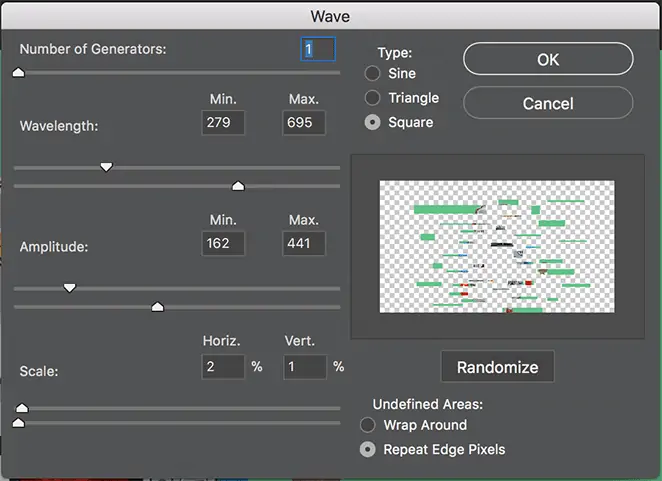
Select from an assortment of glitch art methods such as pixel sorting, data bending, or data moshing to present digital distortions into the image. Each method offers interesting visual impacts that can include a component of eccentricity and chaos to your hyperpop artwork.
Utilize glitch filter plugins or custom scripts in your software to apply glitch effects to the picture. These filters can make glitchy artifacts such as pixelation, distortion, and arbitrary designs, changing the image into a visually energetic and exploratory composition.
Alter the settings of the glitch channels to control the intensity and recurrence of the glitch effects. Play with distinctive parameters such as glitch quality, frequency, and arbitrariness to achieve the required aesthetic and visual outcome.
Layer different glitch effects on top of each other to make complex and layered distortions within the picture. Try blending modes and opacity settings to blend the glitch effects consistently into the image and make a cohesive visual fashion.
Set the placement and distribution of glitch effects inside the image to make a harmonious and outwardly enthralling composition.
Step 4: Including Surreal Elements
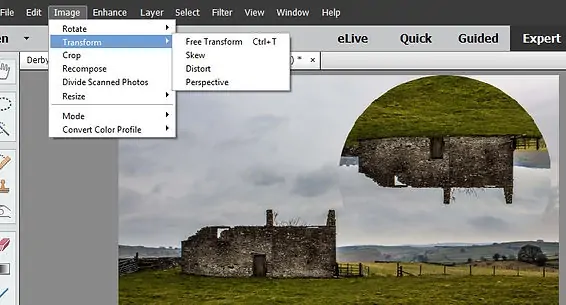
Evaluate the image for regions where surreal components can be conformed consistently. Seek chances to present unforeseen objects, mutilations, or juxtapositions that resist reality and enhance the general visual mark of the work of art.
Utilize layers in your image editing app to add surreal components above the initial image. This way, you can do non-destructive editing with the flexibility to try distinctive thoughts and compositions.
Try holding equilibrium between realistic components and surrealistic increments to form a cohesive and visually compelling composition. Merge surreal elements into the image utilizing blending modes, opacity alterations, and masking strategies to consistently blend them with the initial photo or illustration.
Tweak the scale and proportion of surreal components relative to the rest of the picture. Play with resizing, rotating, and mutilating components to attain the specified dreamlike impact while keeping up visual coherence inside the composition.
Hone the arrangement and composition of surreal components inside the image to make an adjusted and outwardly alluring result.
Step 5: Digital Distortions Addition
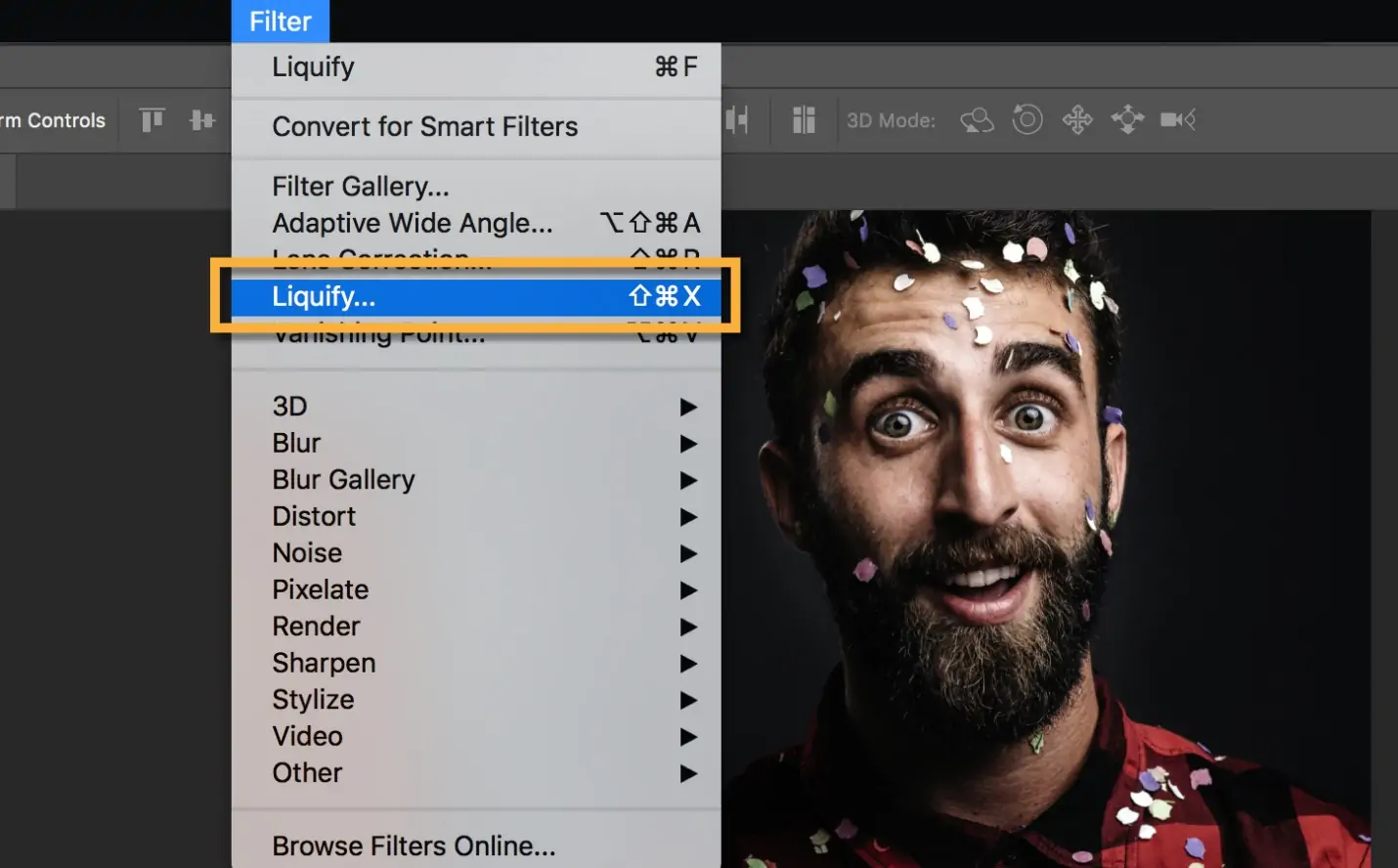
Copy components inside the image and try replicating them in different composition parts. It makes visual reiteration and includes profundity in the artwork.
Integrate different images or components into the composition by mixing them together consistently. Try layering and masking procedures to combine disparate components into a cohesive entirety.
Utilize digital filters and effects to raise the disposition and climate of the craftsmanship. Explore with impacts like blurs, glows, and gradients to enclose profundity and dimension to the image.
Access transformation tools like warp, liquify, and perspective distort to control the shape and frame of components inside the work. This enables innovative experimentation with proportions and perspectives.
Consolidate textures and overlays to incorporate visual inquisitiveness and complexity in the composition. Test with different textures, blending modes, and opacity levels to achieve the required development and improve the, by and large, aesthetic attraction of the work of art.
Step 6: Including Hyperrealistic Components
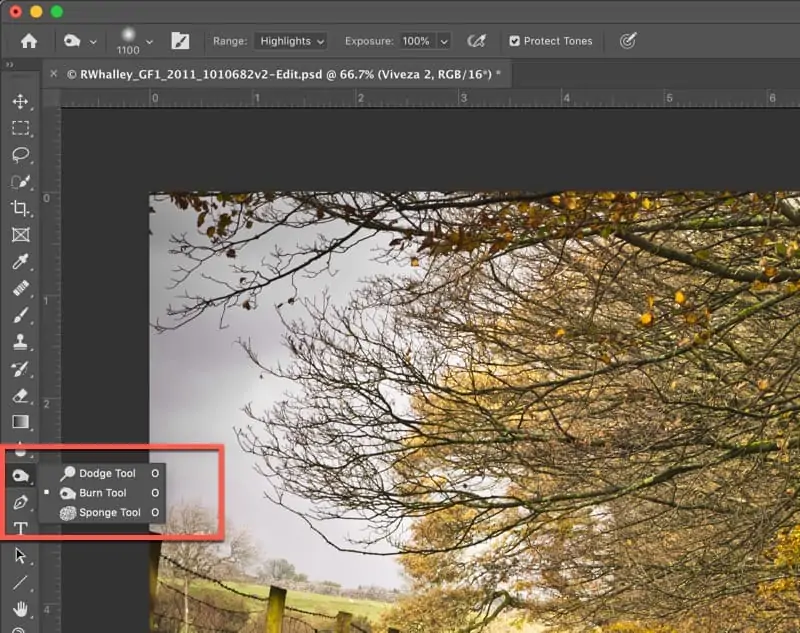
Center on refining the subtle elements of the image to get a hyper-realistic appearance. Utilize tools like brushes and selection tools to smoothly enhance surfaces, designs, and fine details inside the composition.
Be considerate of the lighting and shadows within the image to make a sense of profundity and authenticity. Utilize strategies such as dodge and burn to specifically lighten or obscure zones, recreating realistic light sources and shadow designs.
Join high-resolution textures and overlays to include material authenticity in the work of art. Try using different surfaces, specifically wood grain, metal surfaces, or fabric textures, to enrich the visual abundance of the composition.
Utilize color gradients to unpretentiously enhance the authenticity of the composition. Alter the hue, saturation, and brightness of gradients to make smooth moves between colors and mimic realistic lighting impacts.
Distinguish key components inside the composition that can be emphasized to elevate the hyperrealistic effect. This might include central focuses such as faces, objects or building subtle elements that benefit from amplified detail and clarity.
Step 7: Performing Final Modification
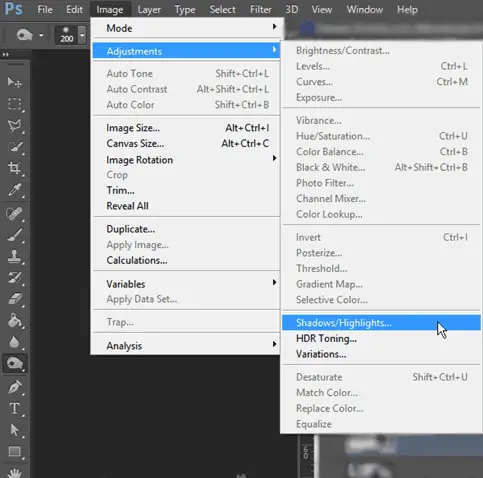
Take a step back and audit the overall composition of the work of art. Confirm that all components work together agreeably to form a cohesive and visually engaging image.
Performs last adjustments to the color balance to check that the colors are symmetrical and complementary. Attend to color connections and how they contribute to the overall disposition and climate of the artwork.
Upraise the contrast and brightness levels to optimize the overall visual effect of the photograph. Altering contrast can help emphasize key components and make profundity inside the composition, while brightness alterations can improve general clarity and dynamic quality.
Recheck for consistency over the complete image, addressing details such as lighting, shadows, and surfaces. Confirm that there are no inconsistencies or irregularities that may divert from the overall aesthetic.
Consider including any supplementary components or effects to polish the work of art and add visual interest. That could be including subtle gradients, vignettes, or textural overlays to improve the general richness and profundity of the image.
Finally, step back and assess the overall effect of the artwork. Consider how successfully it communicates your artistic vision and inspires the specified emotional reaction from the viewer. Make any last alterations as required to ensure that the artwork achieves its intended objective and resounds together with your viewers.
Conclusion
In closing, hyperpop images reminiscent of hyperpop music comprise the themes of commercial aesthetics, materialism, and corporate branding, which define hyperpop. Hyperpop fashion features also retained crazier details like vivid makeup with sparkles, extraordinarily long lashes, and shiny, glittery, or glossy apparel. Long acrylic nails are also typical, as is dyed hair. Vibrant hues were also essential. Following the vibrancy of hyperpop culture, the artworks also exhibit vibrancy and revitalize energy in hues that are the main cause of the aesthetic appeal. Additionally, deliberate digital errors and surrealism magnify the eccentric facet while subverting traditional notions of perfection.



